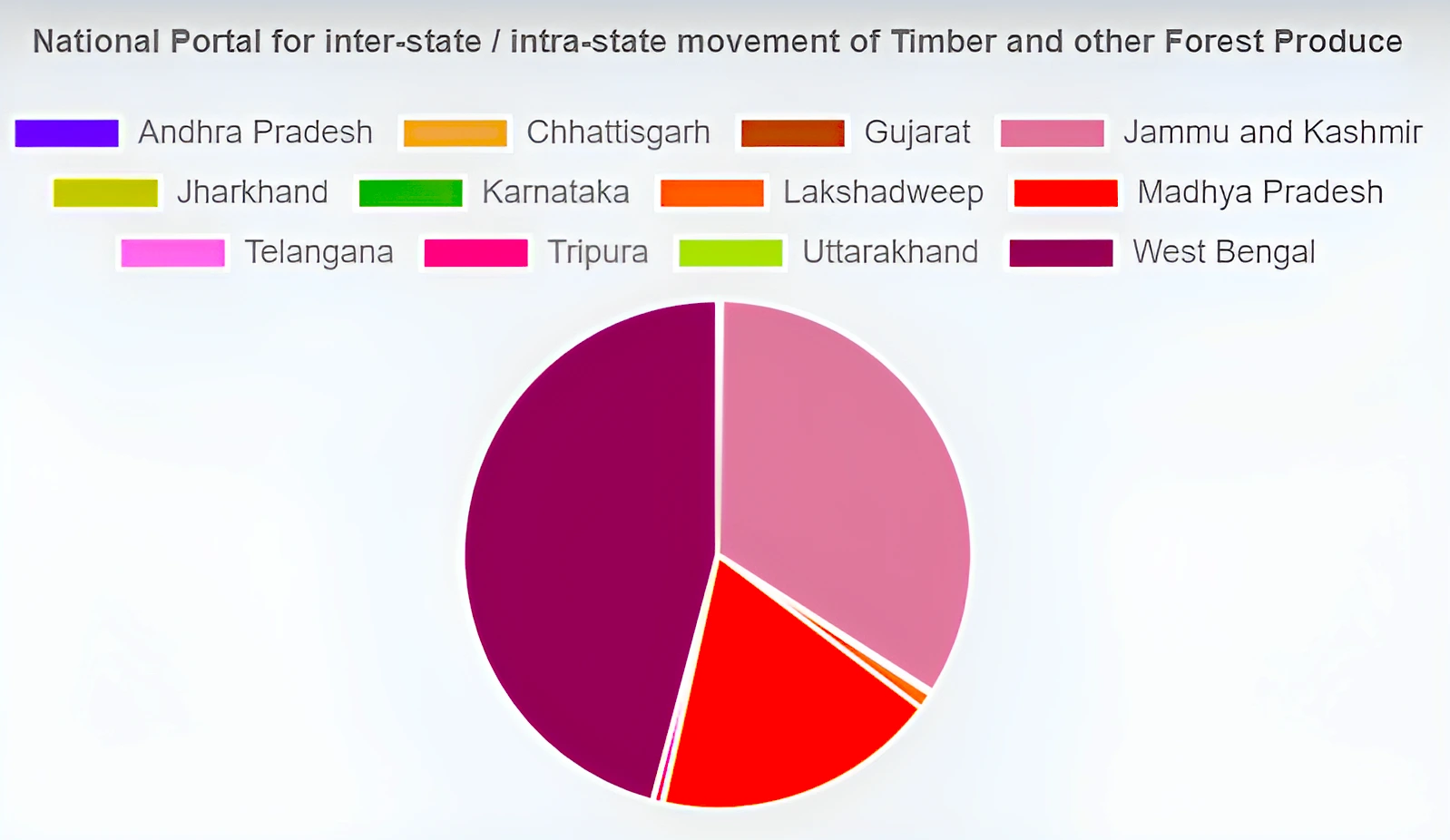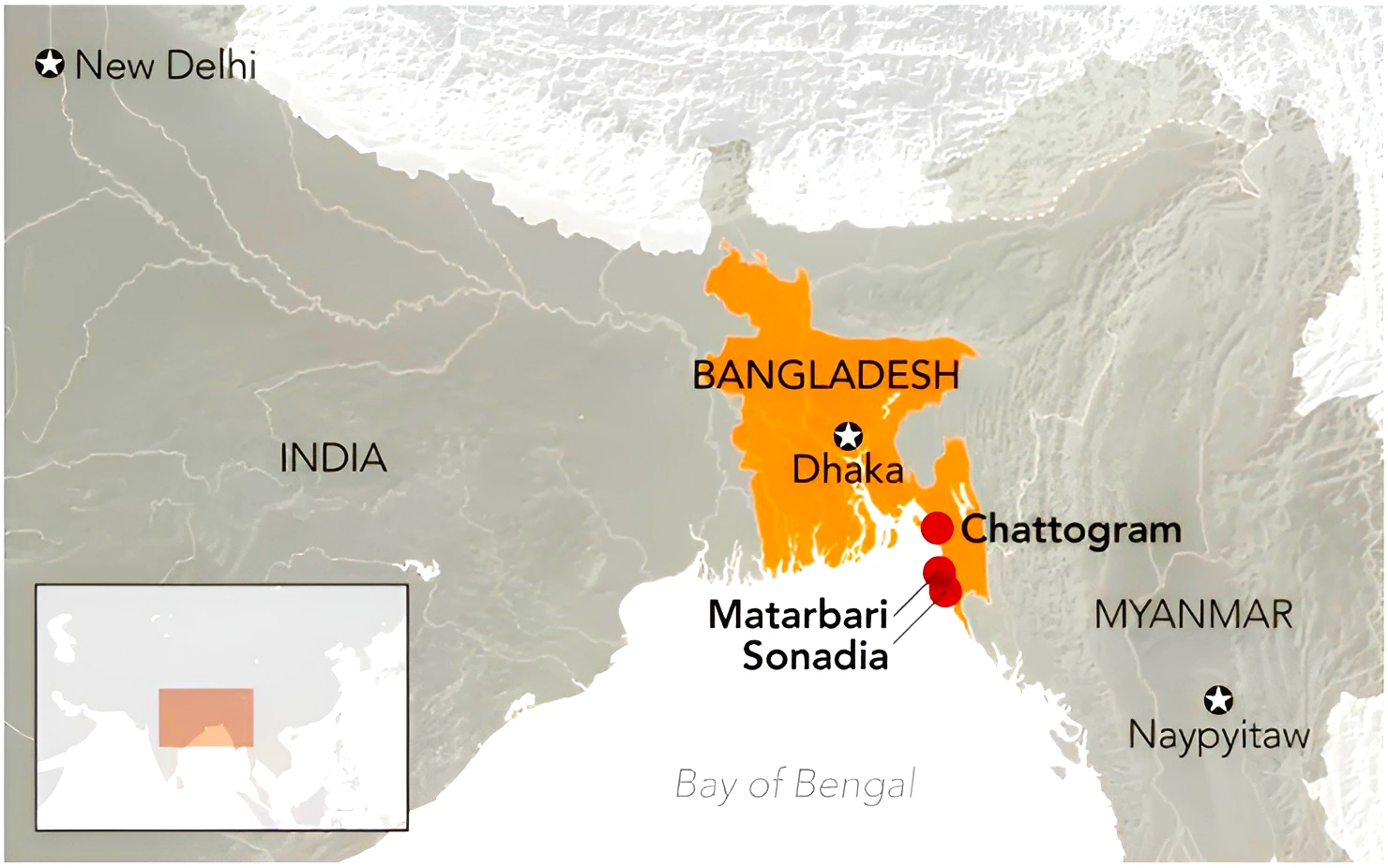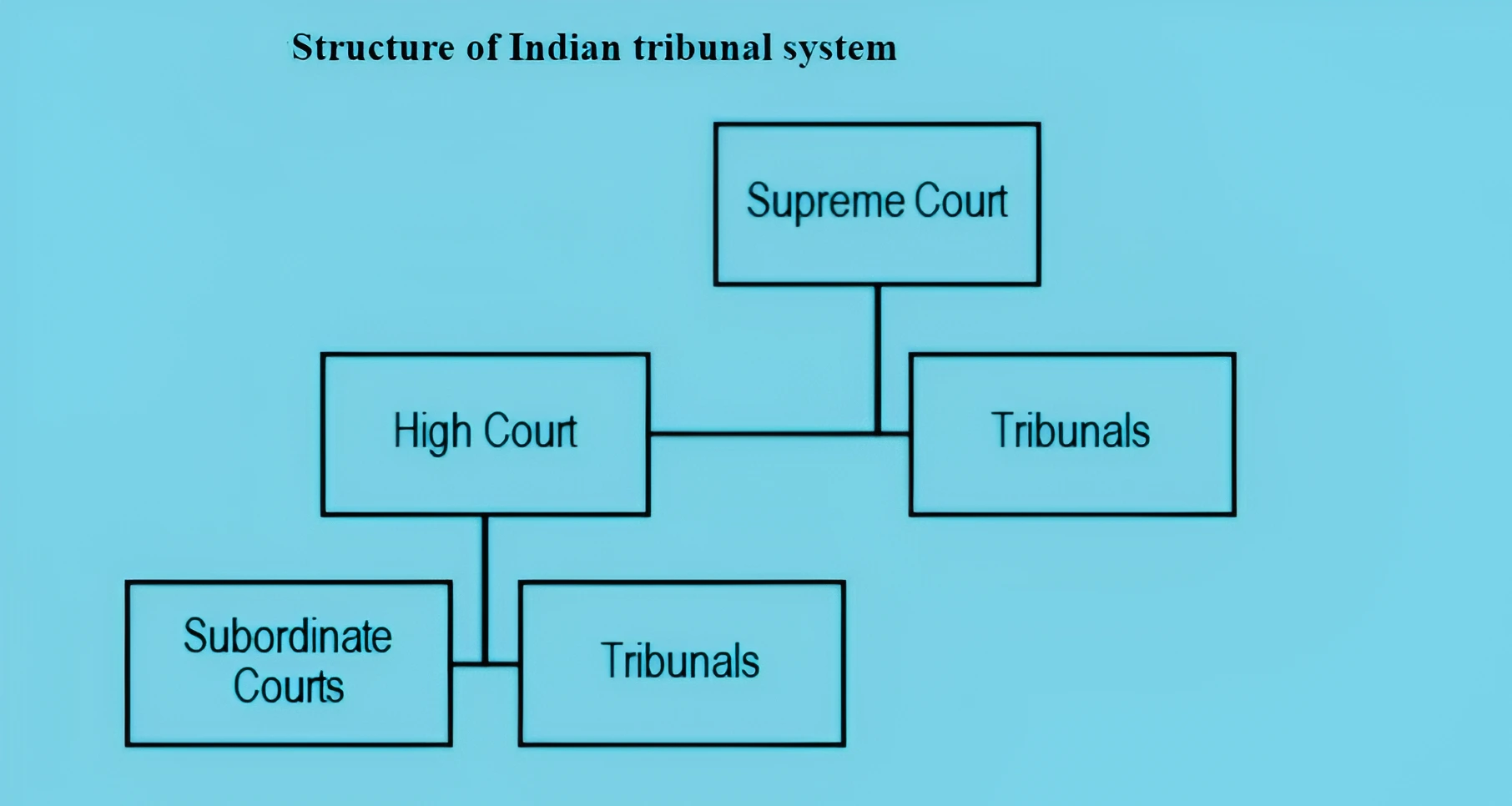Context: The Ministry of Home Affairs declared Tehreek-e-Hurriyat as an ‘Unlawful Association’ under the Unlawful Activities (Prevention) Act (UAPA) 1967.
Recent Bans under UAPA by MHA in 2023
|
|---|
Continue Reading: UAPA: Unlawful Activities (Prevention) Act
Context: Recently, the Union Minister for Environment, Forest and Climate Change and Labour and Employment launched the National Transit Pass System (NTPS) One Nation One Pass to facilitate the seamless transit of timber, bamboo, and other forest produce across the country.
 Online registration and submission of the applications for Transit Permit (TP) or No Objection Certificate (NOC) through web portal and mobile app.
Online registration and submission of the applications for Transit Permit (TP) or No Objection Certificate (NOC) through web portal and mobile app.
Context: Recently, South Africa moved to the International Court of Justice (ICJ), for an urgent order declaring that Israel was in breach of its obligations under the 1948 Genocide Convention.
Must Read: At UNGA, India votes for the Palestinian Right to Self Determination
Context: India Considering Proposals to Connect Bangladesh’s Matarbari Port to Northeastern States.

Must Read: Global Maritime India Summit 2023
News Source: Livemint
Context: From January 01, 2024, all wages under the Mahatma Gandhi National Rural Employment Guarantee Act (MGNREGA) scheme must be paid through an Aadhaar-based payment system (ABPS).
Denying Right To Work: With mandatory ABPS, more than one-third of the total registered MGNREGS workers will inevitably lead to the denial of the right to work.
|
|---|
Abolition of Mandatory Provision: The Union government needs to revoke this mandatory implementation of ABPS.
Need to Compensate: The Union government needs to direct the States to reinstate erroneously deleted workers and provide due compensation for the loss of work opportunities.
To Read More: Mahatma Gandhi National Rural Employment Guarantee Act, 2005
News Source: The Hindu
Context: Recently, the National Green Tribunal (NGT) has issued notices to 24 states and 4 Union Territories regarding the presence of arsenic and fluoride in groundwater.
Fluoride Remediation Using Biochars
|
|---|
Must Read: Dynamic Groundwater Resource Assessment Report 2023
News Source: Business Standard
Context: The inaugural edition of joint military exercise ‘Desert Cyclone 2024’ involving India and the UAE is set to occur in Rajasthan from January 2 to January 15.
More about the news:
News Source: Live Mint
Context: This article is based on the news “Supreme Court rules that tribunals cannot direct government to frame policy” which was published in the Hindu. The Supreme Court has outlined that tribunals, when operating within the confines of their governing legislations, lack the authority to compel the government to formulate policies.

About Armed Forces Tribunal (AFT)
|
|---|
Central Administrative Tribunal (CAT)
State Administrative Tribunals:
|
|---|
| Key Supreme Court Judgements related to tribunals | Principles specified |
|
|
|
|
|
|
|
|
The Supreme court judgment serves as a reminder of the importance of respecting the boundaries and harmonious interplay between tribunals and the government, promoting a balanced legal framework and reinforcing the principles of democratic governance.
Context: This article is based on the news “Goodbye multipolarity; hello bipolarity?” which was published in the Live Mint. India recently discussed with Russia about the importance of rebalancing and the emergence of multilateralism.
| Relevancy for Prelims: UN Security Council, World Trade Organisation (WTO), G20 Summit, G20 Delhi Declaration, QUAD, I2U2, SCO, and 2nd Voice Of Global South Summit.
Relevancy for Mains: Multilateralism: What it Is? Concerns related with It, Need For Rebalancing Multilateralism, and India’s Multilateralism Policy. |
|---|
India’s role in rebalancing multilateralism is significant and holds immense potential. By advocating for reform, leading by example, building strategic partnerships, and addressing its own internal challenges, India can contribute to a more equitable and inclusive global governance system that reflects the Indian ethos of ‘Vasudhaiva Kutumbakam.’
| Mains Question: In the shifting world of bilateralism, multilateralism is unavoidable for global sustainable growth. (1200 words) |
|---|
News Source: Live Mint
SC Verdict on Newsclick Shows Adherence to Due Pro...
Stay Invested: On Chabahar and India-Iran Relation...
Credit Rating Agencies, Impact on India’s De...
Catapulting Indian Biopharma Industry
Globalisation Under Threat, US Import Tariffs Have...
Global Report on Hypertension, Global Insights and...
<div class="new-fform">
</div>
